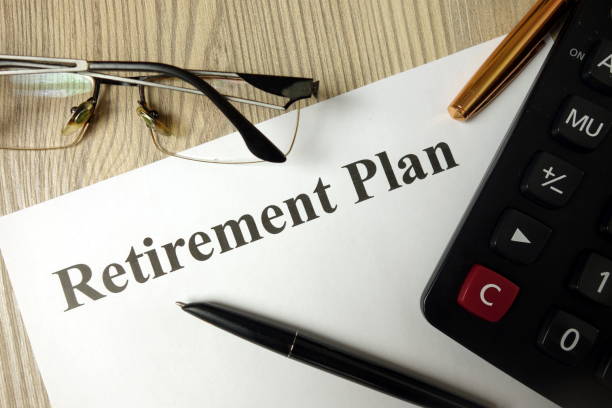Americans are living longer, and this may mean enjoying retirement for a longer period of time than ever before. Consequently, retirement assets must last longer and accommodate increases in the cost of living. Only through proper planning and follow-through can you help avoid income shortfalls and assure a smooth transition from the world of work to the world of retirement.
As part of your employee benefit package, your employer may offer a retirement savings plan. These tax-advantaged vehicles can be an important part of your retirement savings strategy, as the funds can be used as an adjunct to Social Security benefits and personal savings. Regardless of your age, it is important to understand the specifics of your employer-sponsored retirement plan. Common options include: 401(k) plans, 403(b) plans, Roth 401(k) plans, Simplified Employee Pensions (SEPs), defined benefit plans, and Savings Incentive Match Plans for Employees (SIMPLEs). Here’s a quick look at each plan and the unique benefits it provides:
401(k) plans, which are typically offered by private employers, provide the opportunity to defer part of your salary, with restrictions, into a retirement fund. Your employer may match your contributions, up to a predetermined percentage and subject to a maximum amount. For example, if your employer offers a 50% match, for every dollar you put into the fund, your employer will add $.50. Your contributions are pre-tax, and any potential earnings are tax deferred. You will not pay taxes until you begin taking withdrawals. If you withdraw money from your 401(k) before the age of 59½, you will incur a 10% Federal income tax penalty, except under certain circumstances, such as death or disability.
403(b) plans are similar to 401(k) plans, but are designed for employees of certain educational and nonprofit or exempt organizations. You can defer part of your salary, with restrictions, to a tax-deferred annuity. Your contributions earn interest, and you are not taxed until you begin receiving payments. Your tax liability is based on annuity distribution rules.
Roth 401(k)s incorporate elements of both traditional 401(k) plans and Roth IRAs. Employees contribute after-tax dollars, potential earnings grow tax free, and distributions at retirement are tax free, provided the employee is at least age 59½ and has owned the account for five years. Matching employer contributions, however, must be invested in a traditional 401(k) account, not a Roth account. Some 403(b) plans may also offer a Roth option. Note: income levels impact eligibility.
Defined benefit plans are traditional pensions designed to provide you, as an employee, with retirement income. Benefits are generally based on various factors, including salary, length of service, and a benefit formula that averages your earnings over a prescribed period of years. In some instances, you may make additional contributions. To receive benefits, you must wait to reach normal retirement age (NRA), normally age 65, and be employed for a certain number of years, according to the rules of your plan. Upon retirement, you may have options as to how and when you collect your benefits, such as monthly payments or a lump sum. The use of pension plans has decreased in recent decades with the increase in popularity of the 401(k) plans.
SEPs are an option for small businesses with 100 or fewer employees. With SEPs, employers use Individual Retirement Accounts (IRAs) as a simplified way of providing their employees with a pension benefit. The discretionary employer contributions and employee contributions are pre-tax, and have the potential to grow tax deferred. Taxes are not paid until withdrawals begin.
SIMPLE plans are another option for small businesses with 100 or fewer employees, and they use either IRAs or 401(k) plans. Subject to restrictions, your employer may choose to match your contributions up to a certain percentage of your salary. Or, the company may choose not to match, but instead make contributions on behalf of all eligible employees based on a percentage of salary. Contributions are pre-tax, and payment of taxes is deferred until withdrawals begin.
The earlier you begin taking advantage of your employer-sponsored plan, the longer its advantages can work for you. Be sure to contribute enough to qualify for any company matching contributions, as these automatically increase your principal. With tax-advantaged savings vehicles, your potential earnings grow tax deferred, which may substantially increase your savings over the long term. When it comes to saving for retirement, it’s never too late to start.


Recent Comments